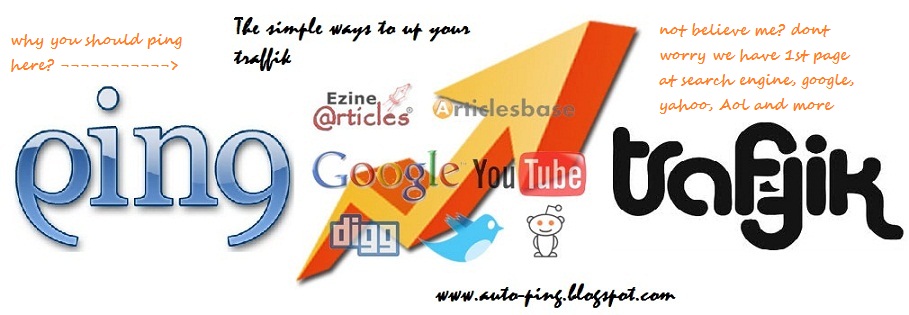Bing is marketed as a "decision engine", but until September 2011, it was really the little more than an engine after designed research perfected by Google and Yahoo. Action buttons are likely to change all that. Action buttons are a type of adaptive research, a technology of Google and Bing all have been using for years to determine what pages are most relevant to provide as sublinks in search engines results, called deep links. Bing has been using deep links "buy now" or "book now" type pages for several months, but the creation of the larger buttons is certain to increase leads and these services click-throughs.
Bing is confident that, by implementing the possibility for people to rent a car or book flights directly from the Bing search engine result page, people ignore the hassle of visiting the sites of third parties, seek and purchases, their flights and hotels on Bing instead.
According to the Bing, "based on how to find people, our algorithms now determine high shares of the page and the corresponding links on the site for a category given with great precision." For example, with airlines, the tasks of top 3 are: check-in to a flight, check the status of a flight or book a flight. For software sites, if you are looking for a specific product you probably want to download. For car rental agencies, you want to rent a car, to discover the places or communicate with them. »
Bing search engine uses a combination of algorithms to classify a site and determine its structure, including click-log analysis to determine the top actions that users make on each site. In other words, the search engine is to learn what individuals do on major sites across the Internet and in implementing buttons action based on these actions.
Bing selects the top 3 actions that a user performs, converts the action buttons and placed alongside the results of research for a given page. It also provides quick access to the service customer, a box of search sites and a trend is the result of the presence of the social network of the site.
Action buttons take advantage of Bing partnership with social sites like Groupon, social life and OpenTable to shorten that time for users to make purchases on Bing. According to Bing Program Manager, "with Action buttons, it is less on research and more things." "With the click of a button, you can get to what you are looking for on the right of your search results."
Action buttons are currently being implemented only for 7 sites categories: airlines, restaurants, banks, rental cars, FedEx/UPS, hotels and software downloads. It is likely that the number of sites and the types of action will increase of buttons on the road or in an API that allows to implement their own action buttons for the result of search or via improved algorithms to determine more vital offerings that a site, site owners are.
Bing currently sees traffic of 30% of the United States research, while Google sees 65%. It has always been the case that Bing would need to get innovative to compete with Google for the actions of research, and it seems that the Action buttons are the first step to a totally new experience of the research. While the efforts of Google in the past months have been implementing Google + in its search engine results pages, the efforts of Bing was focused on improving the user experience. If two search engines continues along these trends, it is likely that Google will suffer a dull adoption of Google +. If this is the case, Bing is ready and willing to take control over the United States and the global search market share.
Posted by Greg Henderson, a specialist in SEO and Internet marketing associate for a search of e-mail and the site of free public folders: MFE & RecordsProject. Do not hesitate to leave a comment or email him.
It's a single article on SEO Office with exclusivity.
Popularity: 1% [?]The stream of comments post subscribe or leave a trackback
Auto Ping Blog
 As the father of four children I know how hard it is to find the extra time freedom to make a second income.
As the father of four children I know how hard it is to find the extra time freedom to make a second income.
